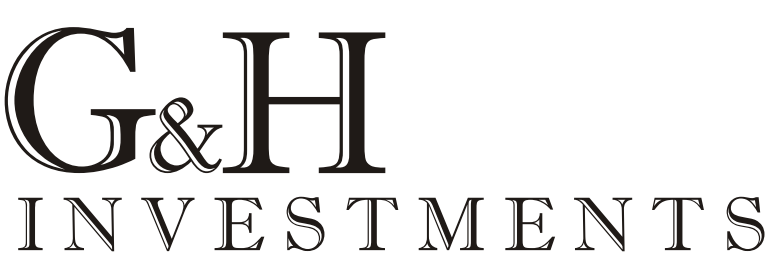Evaluating Your 401K Options
by Bret Hartman
Good news! Your employer offers a 401K plan. But in order to fully benefit from your company’s plan, you need to allocate your portfolio to best fit your situation.
To begin the process you should ask yourself the following questions:
How many more years do I have until retirement?
How much return will I need to meet my goals?
And finally, what is my risk tolerance?
As a basic rule, the further you are away from retirement, the more opportunity there is to take on more risk. But remember, risk tolerance is a personal decision that should always be based on your own comfort level.
After you answer these questions you are ready to allocate your assets. Let’s say that you have decided to invest in 100% equities. Since diversifying your portfolio helps limit market risk, you will want to further develop an allocation between U.S., International and/or Emerging Markets.
Now you’re ready to select actual funds. The person handling your company’s 401K plan (usually human resources) will present you with information on each fund. This information should include return numbers from the past quarter, year and three-year periods.
Given this information, it is time for you to do a few Google searches to find a correct benchmark for these funds and the appropriate fee level. The research should not be extensive, but the returns for the funds are worthless if you aren’t comparing them to the right benchmarks. Fees are the single best determinate of future returns: the higher the fees the lower the returns.
Once you’ve found the benchmark, go through your fund list and select funds that have either matched or beaten their three-year benchmarks. Now you’ve made your selections and are ready to watch your portfolio grow. But this is not a “set-it and forget it” situation. Be sure to continue monitoring the returns of each individual fund compared to their benchmark.
To keep an eye on underperforming funds it is helpful to develop a personal “Watch List” and assign some parameters to that list. For example, if any fund loses to its benchmark for four quarters straight and is below the three-year index, you may want to replace the fund.
Keep in mind that this is an overview of the 401K-selection process. Feel free to contact us if you need help allocating your 401K or want more information.
